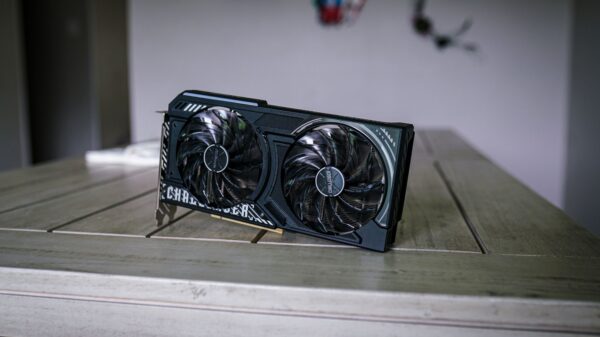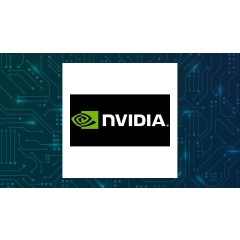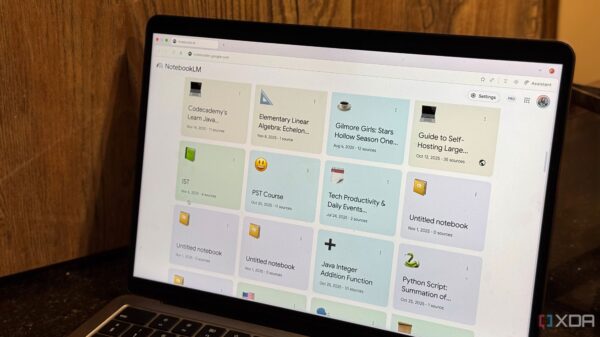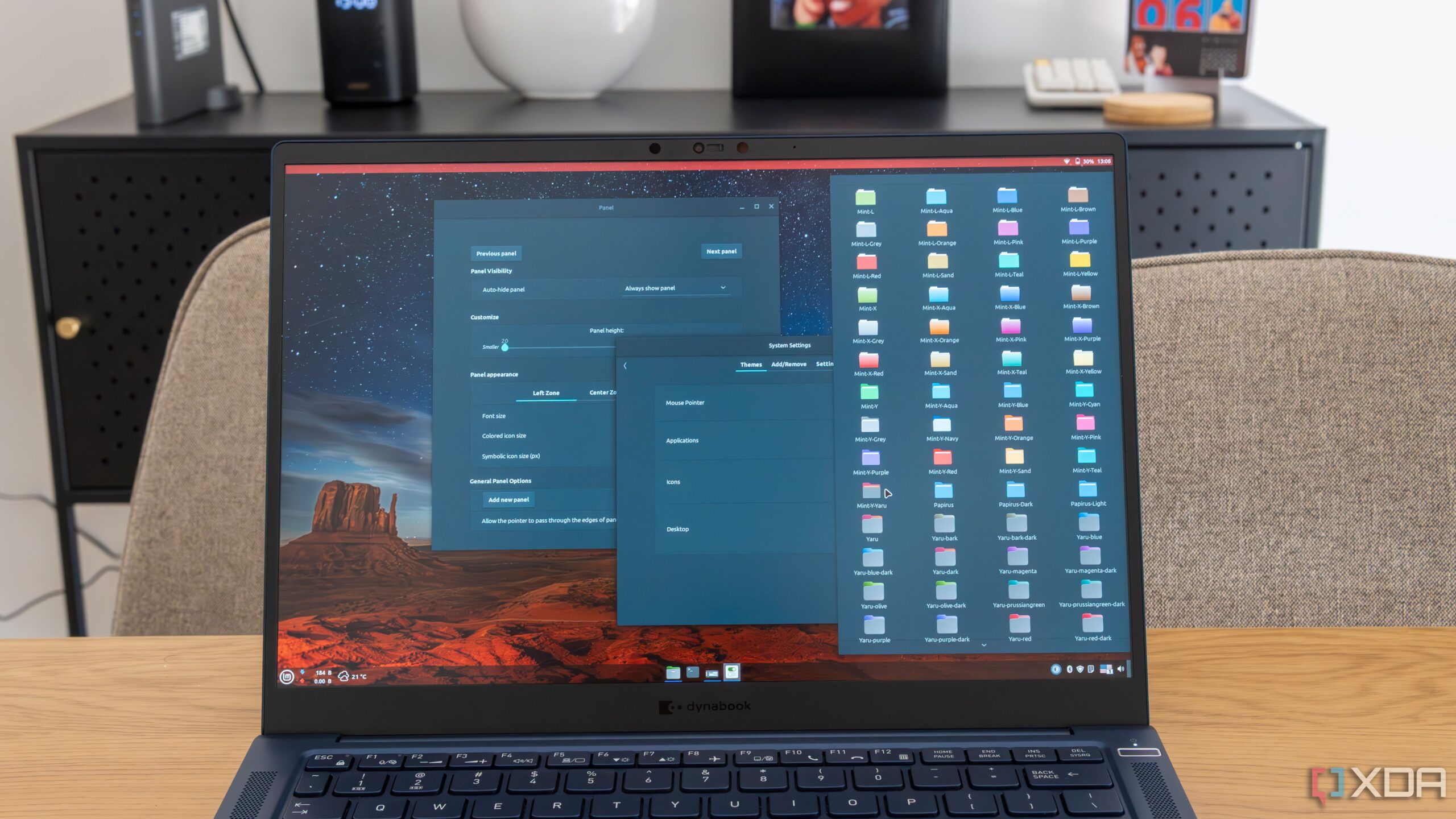UPDATE: For users struggling with sluggish Windows 10 laptops, a wave of lightweight Linux distributions is sweeping in to offer a quick and efficient solution. These systems are engineered to breathe new life into aging machines, making them feel modern and responsive once more.
As of October 2023, users can take advantage of these top Linux options to enhance performance and reduce electronic waste. Here’s a rundown of the top five lightweight Linux distros that are transforming outdated technology into functional systems again.
1. antiX: The Champion for Ancient Hardware
If your laptop is more than a decade old, antiX is your best option. This distribution is designed for speed and efficiency, capable of running on machines with as little as 256 MB of RAM. It employs lightweight window managers like IceWM or Fluxbox, ensuring impressive responsiveness. Notably, antiX can run entirely from a USB drive or CD, allowing users to test it without installation. Its systemd-free approach offers a lean, transparent experience that appeals to tech enthusiasts who appreciate simplicity.
2. Lubuntu: Familiar and Resource-Efficient
For users seeking a seamless transition from Windows, Lubuntu is a standout choice. The LXQt desktop environment is intuitive, reminiscent of familiar Windows layouts, and requires minimal system resources. Lubuntu also includes essential applications out of the box, such as a web browser and office tools, making it an efficient daily driver. This distro is notable for its balance between functionality and performance, ensuring that even older machines regain their usability.
3. Linux Lite: The Easy Switch
Designed specifically for Windows users, Linux Lite mirrors the look and feel of older Windows versions, easing the transition. Built on Ubuntu’s long-term support releases, it promises reliable updates and community backing. Linux Lite comes pre-loaded with essential software, including Firefox and LibreOffice, and features a user-friendly “Help Manual” for newcomers. With its XFCE desktop environment, this distro provides stability and performance, appealing to those who desire a straightforward computing experience.
4. Peppermint OS: Cloud Convenience Meets Classic Design
Peppermint OS merges traditional desktop computing with modern cloud capabilities. Running smoothly on older laptops, it features a clean LXQt desktop that allows personalization. Unique to Peppermint is its ICE utility, enabling users to create desktop shortcuts for web apps, making it ideal for those who heavily rely on online services. This distro strikes a balance between performance and visual appeal, making it an attractive option for users focused on web-based tasks.
5. Zorin OS Lite: A Beautifully Efficient Choice
For those looking for aesthetic appeal alongside functionality, Zorin OS Lite offers a polished interface that mimics Windows. Built on Ubuntu LTS, it supports older machines with as little as 2 GB of RAM. Zorin OS Lite comes equipped with essential software and features a Software Center for easy app installation. Its thoughtful design ensures a smooth user experience, making it perfect for users wanting a fresh look without sacrificing performance.
These lightweight Linux distributions are not just technical alternatives; they are powerful tools that help reduce electronic waste while extending the life of old hardware. Users can transform their outdated systems into efficient, modern machines with just a few clicks.
As the tech community shifts towards sustainability, adopting these Linux options is a timely move for anyone looking to optimize their computing experience. Stay tuned for more updates as users share their success stories and experiences with these reviving Linux distros.





































































